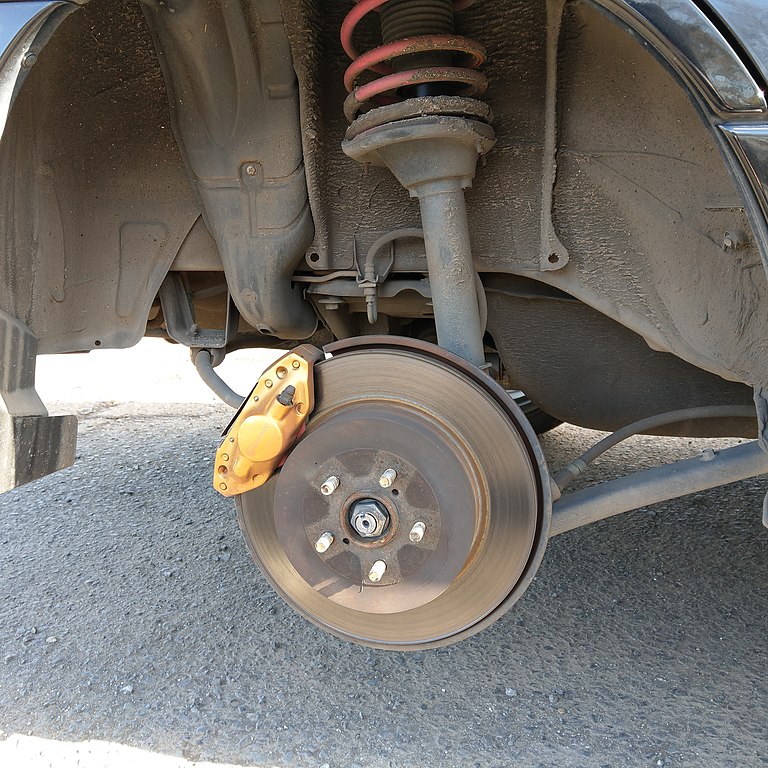Everything You Need to Know About Brake Rotors
A brake rotor, also known as a brake disc, is part of your car’s braking system and is located behind each wheel. The rotor works together with the brake pad to slow or stop your car when you press the brake pedal. When you apply the brakes, the brake pads clamp down on the rotor, generating friction that slows down or stops the wheels from spinning.
There are different types of brake rotors, and they come in a variety of designs and materials. Traditional brake rotors are made of cast iron, which is durable and can withstand heat. However, cast iron rotors may be susceptible to cracking and warping due to the heat generated from braking. There are also carbon-ceramic rotors, which are lighter and dissipate heat more efficiently than cast iron rotors. Although carbon-ceramic rotors are more expensive, they offer better performance and durability than traditional rotors.
It is essential to know when to replace your brake rotors. Brake rotors can last anywhere between 30,000 to 75,000 miles, depending on your driving habits, brake pad quality, and terrain. It is recommended to replace your brake rotors every time you replace your brake pads to ensure your car’s optimal performance. You may also need to replace your rotors if you experience any vibrations or pulsations while braking, which could indicate warped rotors.
Maintaining your brake rotors can help prolong their lifespan and ensure your safety on the road. One way to maintain your rotors is by keeping them clean and free of debris. Dirt, rust, and brake dust can accumulate on the rotor and affect its performance. It is also essential to avoid overheating your brakes by reducing hard braking on steep terrain. Regular brake inspections by a skilled mechanic can help identify any potential issues with your braking system, including your brake rotors.
Understanding the importance of brake rotors in your braking system can help you make informed decisions when it comes to your vehicle’s maintenance and safety. Replacing your brake rotors at the first sign of wear and tear can help avoid costly repairs and prevent damage to other components of your braking system.



